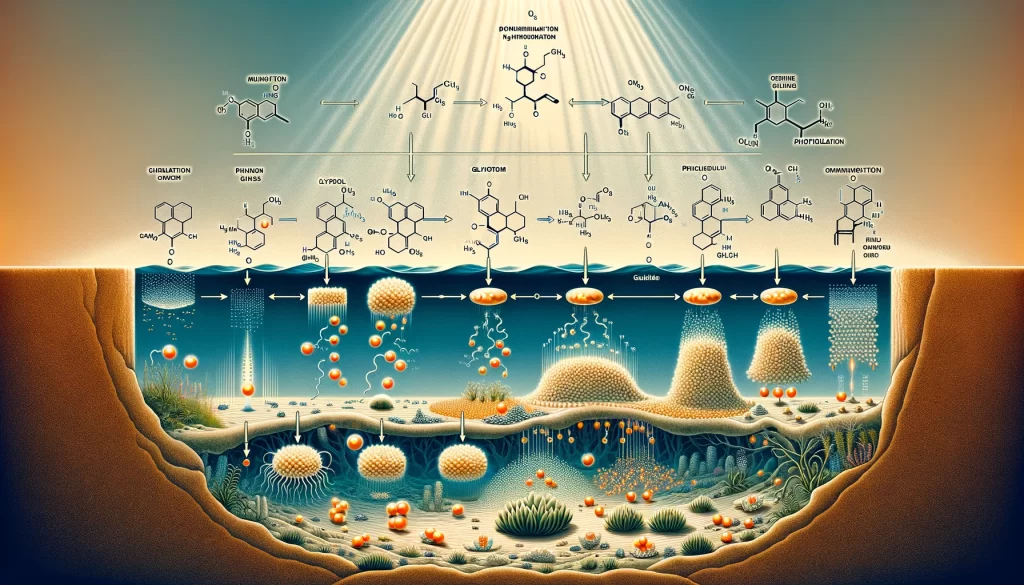About four billion years ago, Earth was at a pivotal stage in developing conditions conducive to life. Origin-of-life scientists have long pondered if the chemistry of early Earth mirrors what life necessitates today. A fundamental component in this enigmatic transition to life as we know it involves protocells—spherical collections of fats that served as precursors to modern cells. A recent breakthrough by Scripps Research scientists sheds light on a possible pathway through which these protocells may have first formed, marking a significant step in understanding the chemical progression that led to the diversity of life on Earth.
Published on February 29, 2024, in the journal Chem, the study introduces a chemical process known as phosphorylation, which may have played a crucial role much earlier than previously thought. This process involves the addition of phosphate groups to molecules, leading to the formation of structurally complex, double-chained protocells. These advanced protocells had the capability to host chemical reactions and divide, paving the way for a myriad of functionalities essential for life.

Ramanarayanan Krishnamurthy, Ph.D., co-corresponding senior author and professor in the Department of Chemistry at Scripps Research, emphasized the significance of this discovery, stating, “At some point, we all wonder where we came from. We’ve now discovered a plausible way that phosphates could have been incorporated into cell-like structures earlier than previously thought, which lays the building blocks for life.” This insight not only enhances our comprehension of early Earth’s chemical environments but also aids in demystifying the origins and evolutionary journey of life.
The Scientific Journey to Discovery
Krishnamurthy’s research, in collaboration with the lab of Ashok Deniz, Ph.D., a soft matter biophysicist and co-corresponding senior author, aimed to investigate the role of phosphates during the formation of protocells. Given that phosphates are integral to nearly every chemical reaction in the body, their early presence was hypothesized. The traditional belief was that protocells originated from fatty acids, yet the transition to a double chain of phosphates, which ensures stability and chemical reactivity, remained a mystery.
To replicate prebiotic conditions—those existing before life’s emergence—the team experimented with three chemical mixtures likely to form vesicles, protocell-like lipid structures. These mixtures included fatty acids and glycerol, a potential early Earth byproduct. Through a series of cooling, heating, and shaking processes, they promoted chemical reactions that led to the formation of these vesicles, subsequently examining them with fluorescent dyes to confirm their creation.
The experiments revealed that fatty acids and glycerol could undergo phosphorylation, resulting in a stable, double-chained structure. This transformation was crucial for the vesicles’ adaptation to various metal ions, temperatures, and pH levels, indicating a significant step in the evolutionary diversification process.
Implications and Future Directions
The findings from this study not only provide a plausible pathway for the emergence of phospholipids but also open new avenues for understanding the complexities of early life chemistries. Deniz expressed enthusiasm about the discovery, highlighting its potential to reveal the intricate physics and functional roles that might have contributed to the evolution towards modern cells.
This groundbreaking research not only advances our understanding of life’s origins but also inspires further exploration into the mysteries of early Earth’s chemistry and its influence on the development of life. The implications of these findings extend beyond academia, fueling curiosity and wonder about our beginnings and the incredible journey of life on our planet.